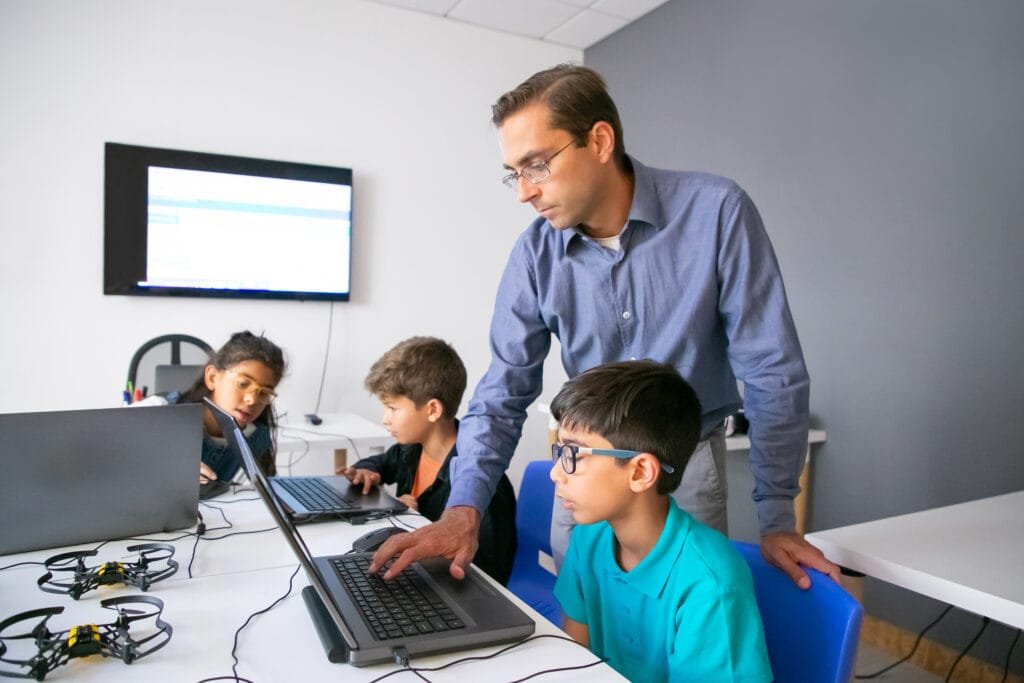Technology has revolutionized various aspects of our lives, and education is no exception. The integration of technological tools into classrooms has significantly enhanced the way students learn and teachers instruct. From interactive learning platforms to artificial intelligence-driven tutoring, technology is reshaping education in ways never imagined before.

The Role of Technology in Education
- Enhanced Learning Experience: Digital tools such as smartboards, virtual reality (VR), and augmented reality (AR) make learning more interactive and engaging. These technologies enable students to visualize complex concepts, improving comprehension and retention.
- Access to Information: The internet has made it possible for students to access a vast array of educational resources, including e-books, research papers, and online courses. This easy accessibility promotes self-learning and curiosity-driven education.
- Personalized Learning: Adaptive learning systems powered by artificial intelligence (AI) can tailor educational content based on individual student needs. This approach ensures that learners progress at their own pace, reinforcing strengths and addressing weaknesses.
- Remote Learning Opportunities: The rise of online education platforms allows students to learn from anywhere in the world. Tools like video conferencing, cloud storage, and collaborative software make distance learning seamless and effective.
- Improved Teacher Efficiency: Technology simplifies administrative tasks for educators, allowing them to focus more on teaching. Automated grading systems, online attendance tracking, and digital lesson plans streamline classroom management.
Challenges in Implementing Technology in Education
Despite its numerous advantages, integrating technology into education presents challenges such as:
- Digital Divide: Not all students have equal access to digital devices and high-speed internet, creating a gap in learning opportunities.
- Teacher Training: Educators must be adequately trained to effectively use technological tools in their teaching methodologies.
- Screen Time Concerns: Excessive reliance on digital devices may lead to health issues such as eye strain and reduced physical activity.
The Future of Technology in Education
The future of education is undeniably intertwined with technology. Emerging trends such as AI-driven tutors, blockchain-based certification, and gamified learning environments are expected to further enhance the learning experience. Schools and institutions must continuously adapt to these advancements to provide students with the best possible education.
Conclusion
The implementation of technology in education is transforming traditional learning models, making education more accessible, efficient, and engaging. While challenges remain, the benefits far outweigh the drawbacks, paving the way for a more innovative and inclusive educational landscape. As technology continues to evolve, embracing it in education will be key to preparing students for the future.
